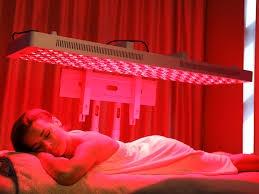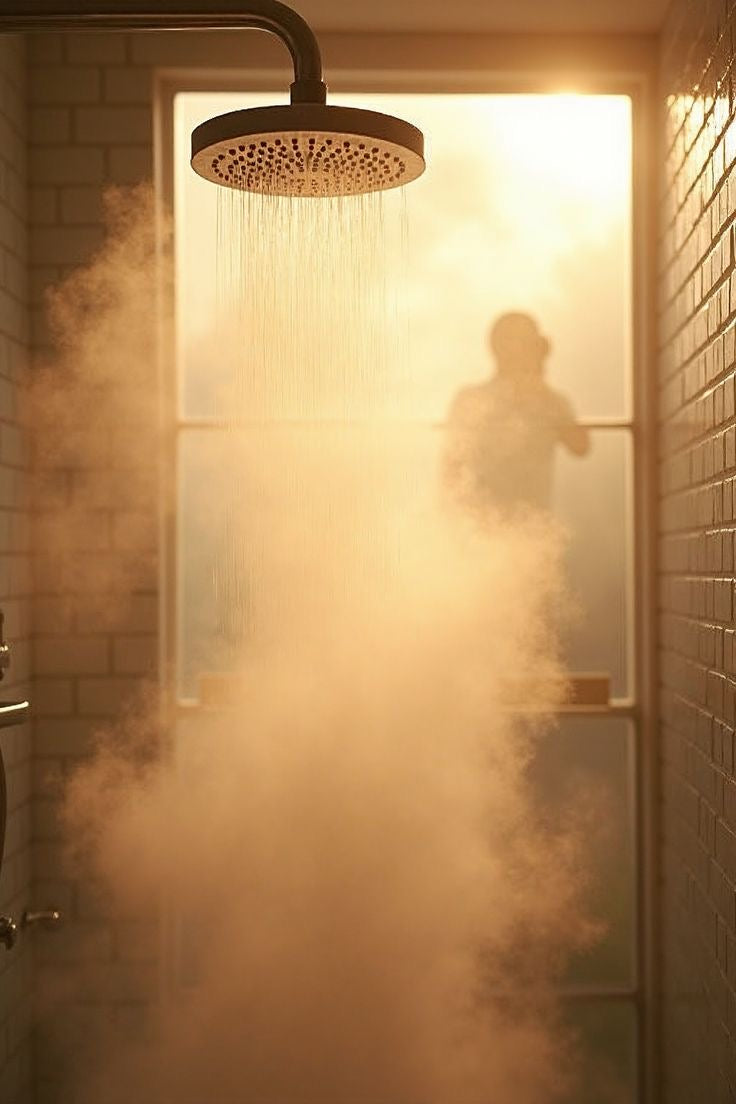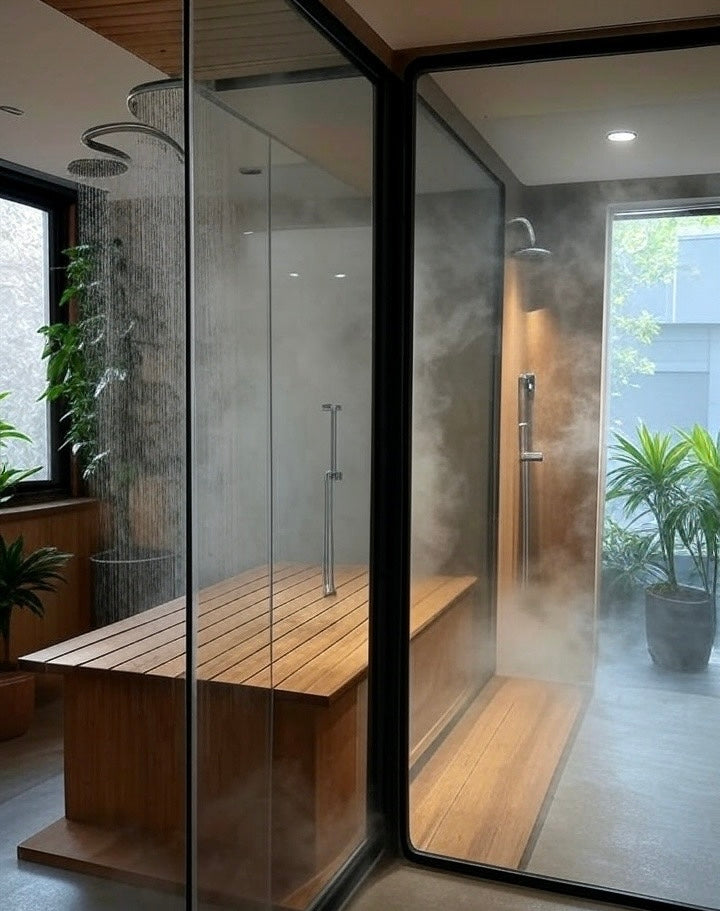Tired of glowing reviews but not sure where to start? The short answer: Red Light Therapy Panels are best for full-body results, while Red Light Therapy Beds offer spa-level power. For most, Red Light Therapy at Home is easier, cheaper, and just as effective. Keep reading to find your perfect match.

What is Red Light Therapy and How Does It Work?
Understanding Red vs. Near-Infrared Light
Red and near-infrared (NIR) light used in devices differ by wavelength.
Red light sits around 630–700 nm, ideal for skin-level treatment.
NIR extends from 700–850 nm, penetrating deeper tissues.
Using both supports comprehensive benefits—from rejuvenation to recovery.
The Science of Photobiomodulation
Photobiomodulation (PBM) refers to how light triggers cell changes.
When absorbed by skin, it affects mitochondria and initiates healing.
This process boosts energy production, improves blood flow, and reduces inflammation.
Key Features to Consider When Choosing a Device
Optimal Wavelengths (nm)
Make sure your device covers between 630 and 850 nm.
This range is backed by research and effectiveness in many clinical studies.
Irradiance and Power Output
Power output (measured in mW/cm²) is key to effectiveness.
Higher output delivers deeper energy and shorter treatment times.
Device Type (Masks, Panels, Wands, Wraps)
Masks and wands suit facial and spot treatment.
Panels and wraps offer broader coverage—ideal for full-body or joint care.
FDA-Cleared Status and Safety
Look for FDA-cleared or CE-marked medical-grade devices.
These meet safety standards and ensure consistent output.
Budget and Cost Considerations
Expect home-use devices to range from about £150–£1,200+.
More expensive units usually offer stronger output and larger coverage.
Consider long-term value and warranty options as well.
How to Use Red Light Therapy Safely and Effectively
Recommended Treatment Time and Frequency
Typical usage is 10–20 minutes, 3 to 5 times per week.
Maintain proper distance—often 6 to 12 inches—for best results.
Following the manufacturer’s specifications maximises safety and benefit.
Potential Side Effects and Contraindications
Side effects are usually mild—such as redness, warm sensation, or dryness.
Avoid direct eye exposure and never use over wounds unless instructed.
Consult a professional if you have photosensitive conditions or are on certain medications.
Best Overall Red Light Therapy Device

Mito Red Light Pro+ (or Pro 1500) is a top choice for full-body use.
It offers robust power, excellent customer support, and trusted quality among UK users ([Pro Light Therapy][1], [Cybernews][2], [British Vogue][3], [Reddit][4], [Trustpilot][5]).
Best Red Light Therapy Face Masks
CurrentBody Skin LED Light Therapy Mask (Series 2)
Offers triple wavelengths: 633nm, 830nm, and 1072nm.
Delivers improved skin brightness and firmness within 8 weeks—ideal for anti-ageing ([Woman & Home][6]).
Dr Dennis Gross SpectraLite FaceWare Pro
A medical-grade mask combining red and blue light in a three-minute session.
Targets acne, pigmentation, and fine lines effectively ([Woman & Home][7], [Town & Country][8]).
Best Handheld Wands for Targeted Treatment
Solawave Skincare Wand
Portable and affordable, pairing red light with skin massage and warmth.
Perfect for travel and targeted facial rejuvenation ([Woman & Home][7]).
Therabody TheraFace PRO
Combines red, blue and near-infrared light with microcurrents and massage.
Multi-functional and effective for firming and fine-line treatments ([Expert Reviews][9], [British Vogue][3]).
Best Full-Body Panels
Prolight Solaris 2.0 / Move 2.0
Solaris offers full-body coverage; Move is portable for targeted use.
Both use wavelengths at 660nm and 850nm; geared for skin repair and muscle recovery ([Pro Light Therapy][1]).
PlatinumLED BioMax 600 / 900
High irradiance panels with broad spectrum LEDs.
User reviews praise performance—but some report mixed customer service experiences ([Alex Fergus][10], [Reddit][11]).
Best for Specific Concerns
For Pain and Muscle Recovery
Choose larger full-body panels like Prolight Solaris or BioMax for deep tissue benefits.
These cover broader areas and deliver strong output for recovery needs.
For Hair Growth
CurrentBody Hair Growth Helmet uses focused 620–660nm wavelengths daily.
Clinical trials show up to 33% increase in hair count after 16 weeks ([Pro Light Therapy][1], [Glamour UK][12]).
Takeaways
-
The best red light therapy device depends on your goal, budget, and treatment area.
-
Face masks are ideal for skincare; panels for full-body use and recovery.
-
Always choose devices with certified wavelengths and sufficient power.
-
Look for FDA‑cleared or CE‑marked units for safety and reliability.
-
Start slow, use consistent sessions, and monitor how your skin responds.
Conclusion
If you’re asking which red light therapy device is best, the answer lies in matching device features to your needs.
From Red Light Therapy at Home via panels, wands, masks, or beds—there’s an option to suit.
Pick a trusted brand with correct specifications, and enjoy science-backed benefits in your daily routine.






